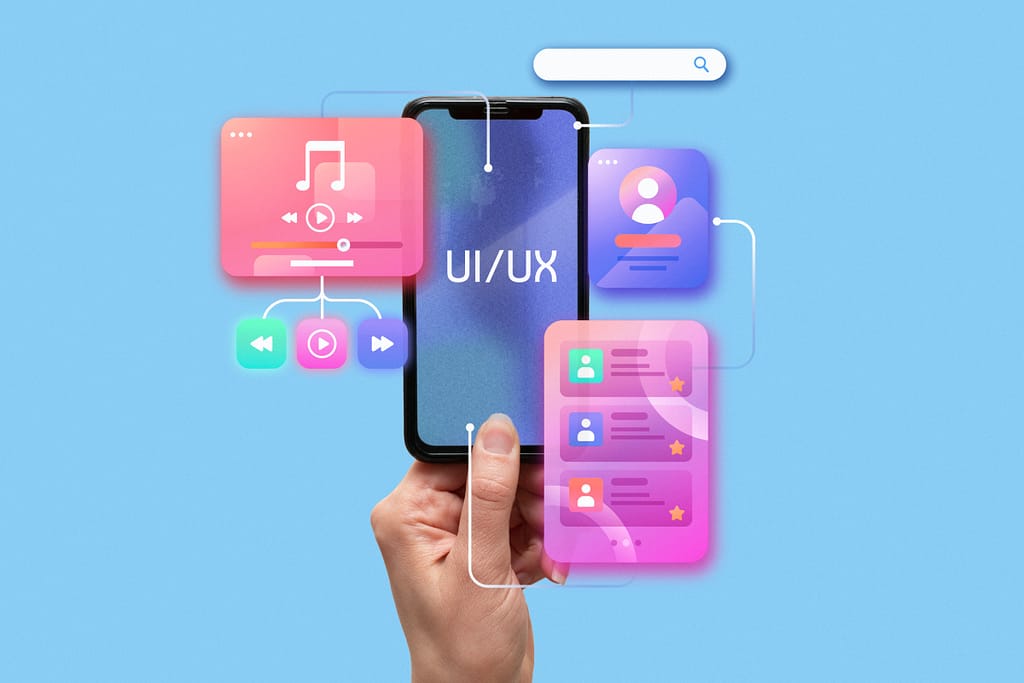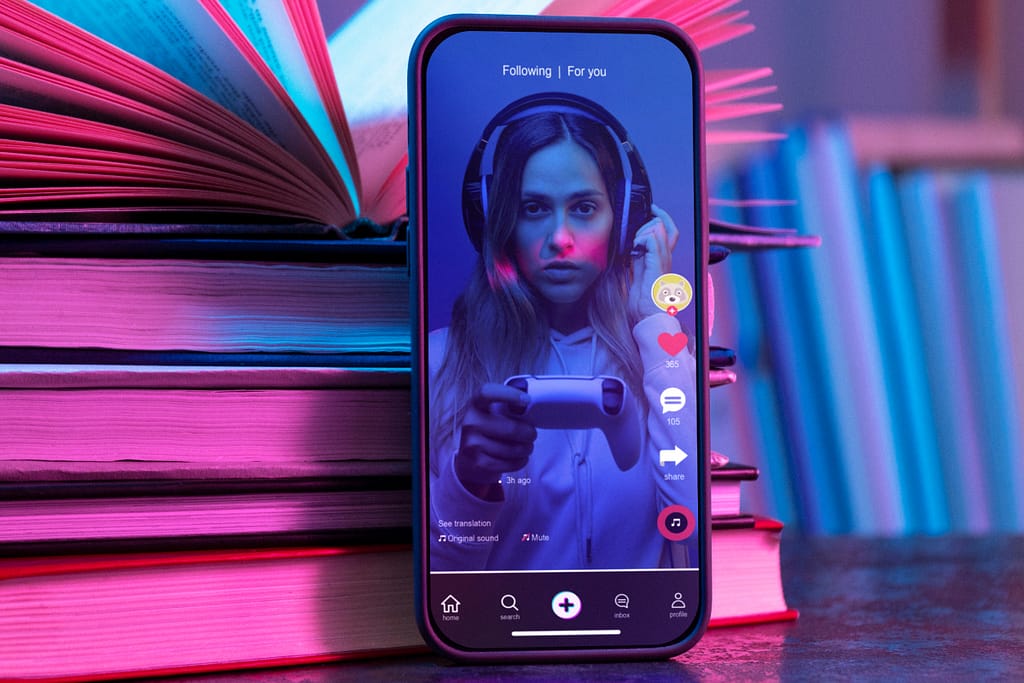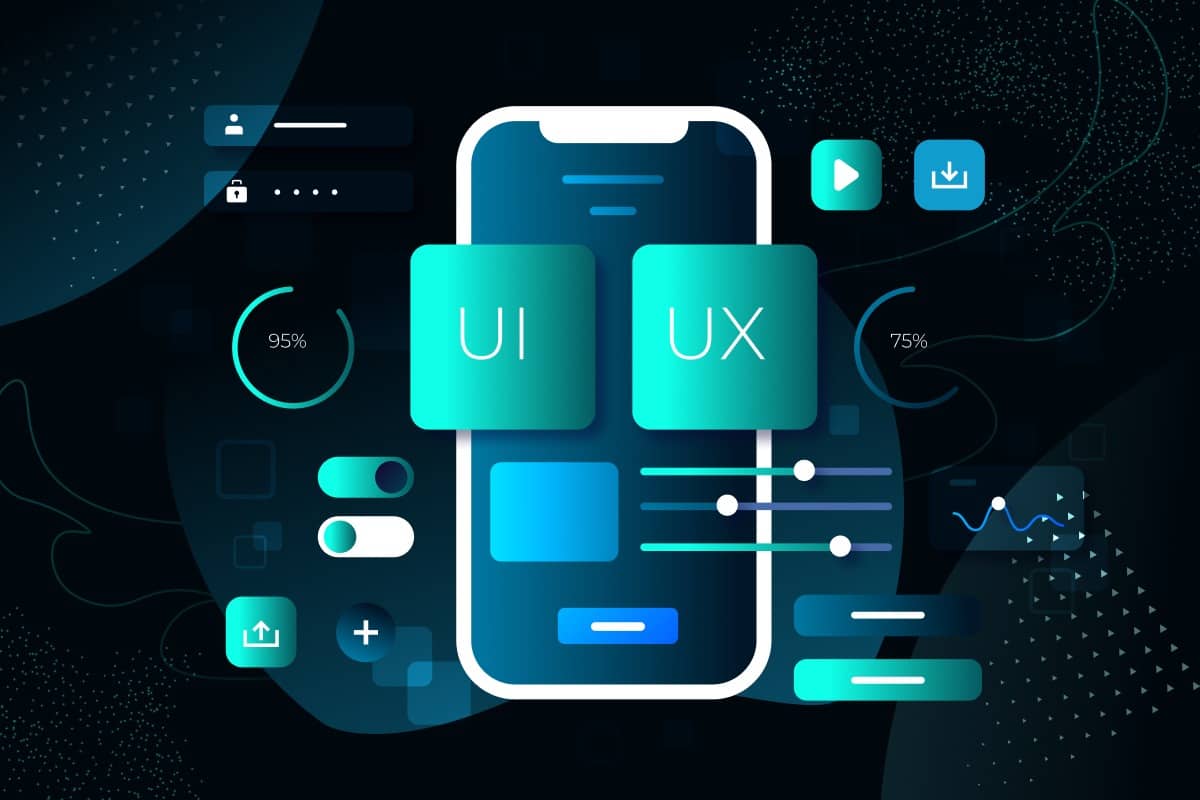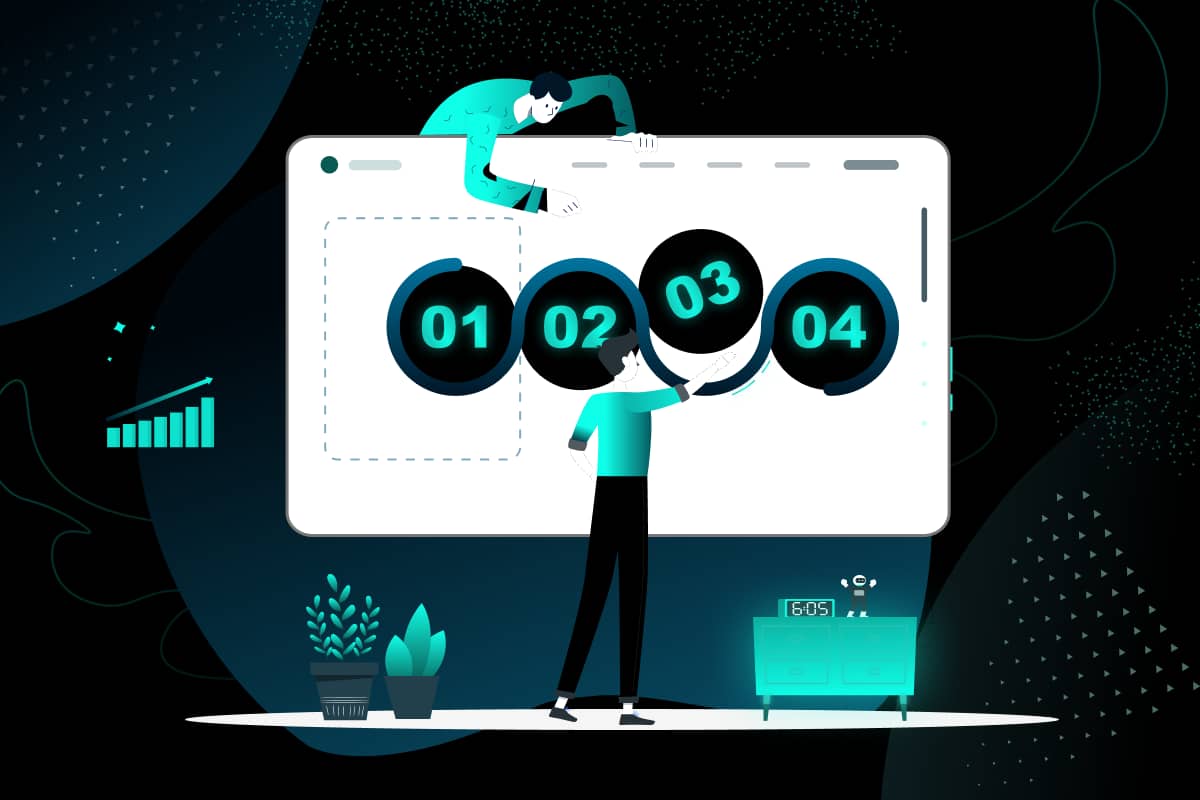Social media and UX design are closely intertwined, revolutionizing the way users interact with digital platforms. Social media has firmly taken root in our daily lives, becoming a fundamental aspect we cannot live without. It shapes how we communicate, receive information, and engage with the world. But now, its influence goes beyond personal interactions, as it significantly affects how we design user interfaces and experiences (UI/UX) on digital platforms.
Understanding Modern UI/UX Design
Technology has come to play a crucial role in our lives, especially after certain events like the Covid-19 crisis. At the core of this digital transformation is UI/UX design, which is vital for developing user-friendly digital products and platforms that meet specific user requirements.
UI/UX design involves a dual approach: UI design for striking visual aspects of human-digital interaction, creating an attractive and intuitive interface. Meanwhile, UX design focuses on building a positive interaction between the user and the product to provide a smooth and enjoyable experience.
A digital product’s effectiveness and influence rely on its simplicity, usability, accessibility, responsiveness, and customer focus, all shaped by exceptional UI/UX design. Essentially, UI/UX design is about more than looks or functionality; it’s about developing successful digital products that satisfy user needs, generate revenue, and build customer trust. This represents the power and potential of UI/UX design.
How Social Media Impacts Contemporary UI/UX Design

The rise of mobile-first design has profoundly impacted the UI/UX design sphere. It is also an essential web development strategy which prioritizes optimizing websites for mobile devices first. It guarantees an optimized user experience and functionality by considering mobile network speeds and efficiently presenting key content to users.
As we progress through 2024, mobile-first design trends are increasingly relevant. With the majority of websites being accessed now via smartphones, this approach expands audience reach and increases sales potential. Web designers structure content clearly, using concise headings, and optimized images to make navigation easier with simple taps and swipes to provide an outstanding user experience.
Additionally, popular social media features and platforms have transformed user interactions with digital products, establishing new benchmarks for UI/UX design. Features like intuitive navigation, real-time updates, personalized content, and interactive elements have become standard, influencing user expectations and contributing to UI/UX design evolution.
Reasons for Adapting to Social Media-Inspired UI/UX Design
The transition to social media-inspired UI/UX design stems from the significant impact social media has had on our interactions with digital products. Social media platforms have set a standard for seamless, personalized, and engaging user interfaces and experiences.
Designers aiming to create successful digital products must understand these user expectations and incorporate social media-inspired UI/UX design trends into their work. This will allow them to create intuitive experiences that instill a sense of familiarity in users, resulting in higher engagement, more retention, and greater customer satisfaction.
Importantly, incorporating social media-inspired UI/UX design trends doesn’t mean merely copying features from social media platforms. It involves understanding the core principles and patterns that drive these successful experiences and applying them in a way that suits the specific digital product and target audience.
For instance, conversational interfaces might be more suitable for certain types of digital products. Designers must evaluate if this trend aligns with their product goals and user needs.
Similarly, the effectiveness of social proof varies across different industries or products. Designers must consider the context and specific use cases before integrating any social media-inspired design trends.
Designers must also balance incorporating social media-inspired UI/UX design trends with creating unique and memorable experiences that distinguish their digital products from competitors. By understanding social media’s influence on UI/UX design and thoughtfully leveraging these trends, designers can create outstanding digital products that meet modern user expectations.
Additionally, social media-inspired UI/UX design has led to some entertaining trends, such as incorporating memes and GIFs in digital products. These playful elements can add personality and humor, making a digital product more memorable and shareable.
Overall, the shift towards mobile-first design and the influence of social media is defining the future of UI/UX design, advancing the limits of user experience and functionality.
Social Media-Inspired UX Design Trends
One prominent trend inspired by social media is the use of conversational interfaces. These interfaces, such as chatbots and voice assistants, simulate natural human conversation. This makes interactions with digital products feel more personal and engaging.
Another significant trend is social proof, which involves user-generated content like reviews and ratings to build trust and credibility with users. Trends like these benefit industries like e-commerce and travel, where consumers heavily rely on peer recommendations and reviews
Social Media and UX Design go hand in Hand
Social media and UX design go hand in hand, shaping how users interact with digital platforms. Social media trends influence design standards, driving the creation of intuitive and engaging user experiences. By integrating social media-inspired elements, UX designers can meet user expectations and foster higher engagement and retention
Case Studies: The Influence of Social Media on UI/UX Design
Two platforms that notably impact UI/UX design are Instagram and TikTok. Their influence on design trends has set new standards and has shaped user expectations.

Instagram, known for its visually appealing interface, has had a profound effect on UI design. The platform’s focus on aesthetics and visual storytelling encourages designers to create visually engaging interfaces that capture user attention. The Instagram bio, for example, has become vital for personal branding, leading designers to craft clear and compelling bios that make a strong first impression. The platform’s consistent visual style, characterized by distinct color schemes, typography, and composition, has inspired designers to develop cohesive visual styles aligned with brand identity.
Additionally, Instagram’s active design community promotes engagement and collaboration, impacting UI and UX design. Designers are encouraged to interact with influential designers, design agencies, and industry leaders, expanding their reach and promoting a sense of community. The use of industry-specific and branded hashtags has become common practice, broadening reach and attracting relevant followers.
TikTok’s short-form video content and algorithm-driven personalized feed has immensely influenced and transformed UI/UX design. The platform’s focus on real-time updates, personalized content, and interactive elements sets new standards for user engagement and retention. Designers now prioritize creating seamless and engaging user experiences, incorporating features like real-time updates and interactive elements. Social media and UX design work together to ensure these features meet user expectations and enhance overall digital interactions.
The Importance of Keeping Up with Social Media Trends in UI/UX Design
Staying updated on the current social media trends is a must for UI/UX designers and design teams. Platforms like Instagram and TikTok have become prominent trend-setters shaping user expectations and influencing the design of digital products.
Regular use of various social media and UX design tools helps designers stay ahead of these trends. Online tutorials and design challenges provide opportunities to learn and experiment with new functionalities, improving creativity and problem-solving skills.
Additionally, showcasing work on platforms like Behance or Dribbble offers valuable feedback from other designers and potential employers, developing a culture of continuous learning and improvement.
Conclusion
Changes in digital design are continuous, and the influence of social media on UI/UX design cannot be denied or overlooked. Platforms like Instagram and TikTok have set new standards, affecting the aesthetics and functionality of digital products. As we move through this modern digital era, designers need to amp up their game to create user-centric designs to fascinate audiences and drive success. The process of understanding and implementing how social media shapes contemporary UI/UX design requires continuous learning, adaptability, and creativity. In this regard, the future of design promises to be innovative and profoundly impacted by the advancements in social media.





